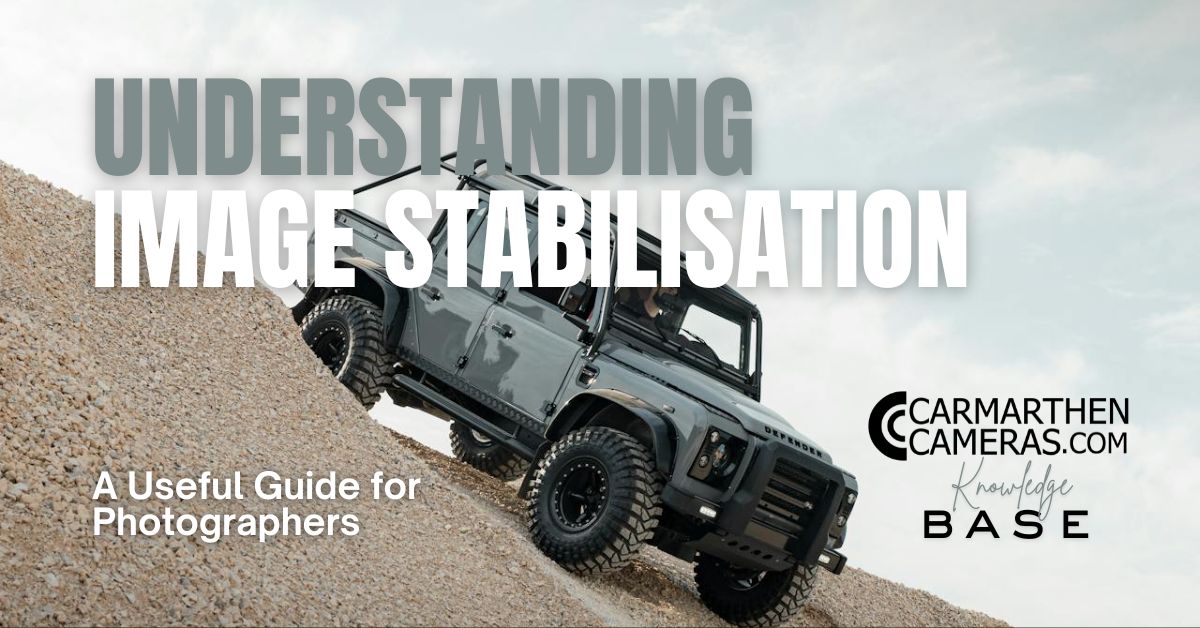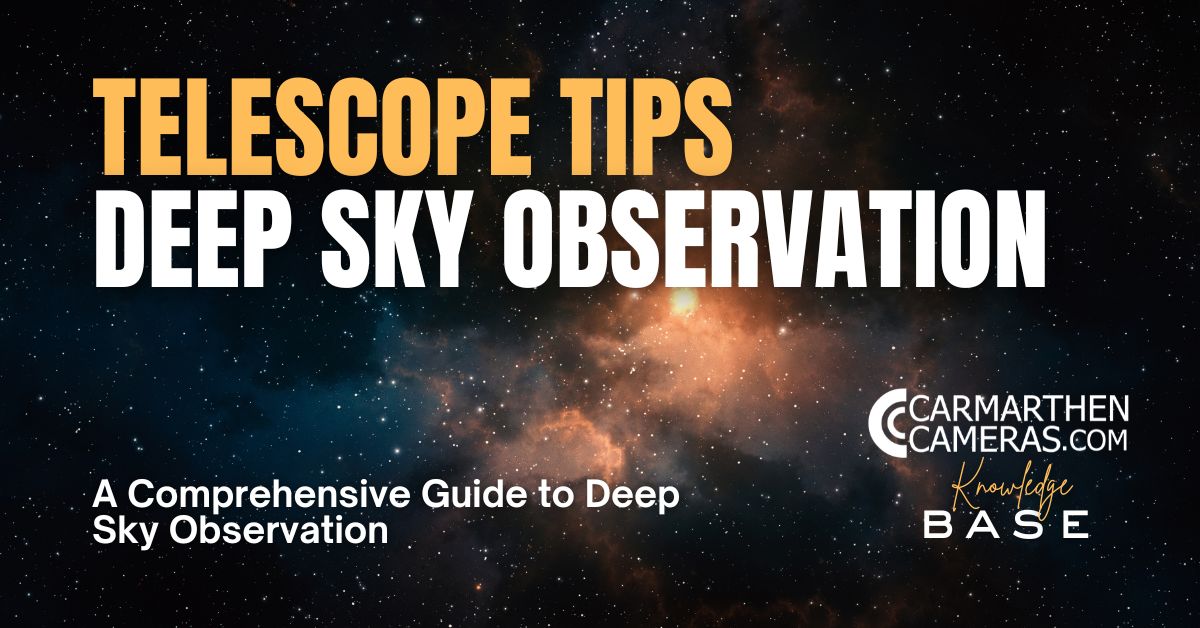Product Description
Sony E 10-18mm f4 OSS E-Mount Lens
Overview
The Sony E 10-18mm f/4 OSS lens expands the Sony E-mount lens system and is designed for APS-C compact system cameras. This super wide-angle zoom lens is ideal for capturing dynamic landscapes, group shots, cityscapes, and general photography. With a constant f/4 maximum aperture, Super ED glass for minimal distortion, and Optical SteadyShot image stabilization, this lens ensures sharp, high-quality images even in low-light conditions.
Key Features
Super Wide-Angle Zoom
- Focal Length Range: 10-18mm (15-27mm 35mm equivalent), providing an expansive field of view for dynamic shots.
- Constant f/4 Maximum Aperture: Maintains consistent performance throughout the zoom range, allowing for fast shutter speeds and lower ISO in low-light environments.
Optical Excellence
- Super ED Glass: Minimizes distortion and chromatic aberrations for sharper, clearer images.
- Three Aspherical Elements: Correct for spherical aberration and distortion, ensuring high contrast and quality across the entire image.
Optical SteadyShot Image Stabilization
Built-in Optical SteadyShot provides a 4-stop shutter speed advantage, significantly reducing blur from camera shake, making it easier to achieve crisp, blur-free images and video.
Silent and Responsive Autofocus
- Super Sonic Wave Motor (SSWM): Enables quiet, fast, and responsive autofocus, ideal for both stills and video.
- Internal Focusing System: Ensures rapid autofocus response by moving the lens elements at the rear of the optical system.
Circular Aperture
The 7-blade circular aperture design provides a pleasing bokeh effect, making out-of-focus light sources appear more natural and rounded.
10-18mm Super Wide-Angle Zoom Lens
The Sony E 10-18mm f/4 OSS lens offers a minimum focal length of 10mm (15mm in 35mm equivalent), allowing for finely detailed, super wide-angle photos. This is ideal for capturing majestic landscapes and creating striking images with emphasized perspectives. The constant maximum aperture of f/4 ensures consistent performance, even in low-light environments, enabling the use of faster shutter speeds without unnecessarily raising ISO sensitivity.
Built-in Optical SteadyShot™ Image Stabilization
The Optical SteadyShot system provides a significant advantage in achieving sharp, blur-free images and video, especially in handheld shooting situations. This built-in stabilization system is crucial for maintaining image quality in low-light conditions.
Superb Image Capturing Capability
The optical design includes three aspherical elements and Super Extra-low Dispersion glass, which correct for spherical aberration and distortion. This results in high-contrast, high-quality images with reduced color aberration, even at the 10mm focal length. The lens is designed to deliver detailed, vibrant photos with minimal bleeding, even at the maximum aperture.
Specifications
- Mount: Sony E-mount
- Format: APS-C
- Focal Length: 10-18mm
- 35mm Equivalent Focal Length: 15-27mm
- Aperture Range: f/4 to f/22
- Lens Groups / Elements: 8/10
- Angle of View (APS-C): 109°-76°
- Maximum Aperture: f/4
- Minimum Aperture: f/22
- Aperture Blades: 7
- Circular Aperture: Yes
- Minimum Focus Distance: 0.25m (0.82ft)
- Maximum Magnification Ratio: 0.1x
- Filter Diameter: 62mm
Size & Weight
- Dimensions (D x L): 70 x 63.5mm (2-7/8 x 2-1/2in.)
- Weight: 225g (7.9oz.)
What's In The Box
- Lens hood (ALC-SH123: petal shape, bayonet type)
- Lens front cap
- Lens rear cap
For full specifications click Here
Payment & Security
Your payment information is processed securely. We do not store credit card details nor have access to your credit card information.
















